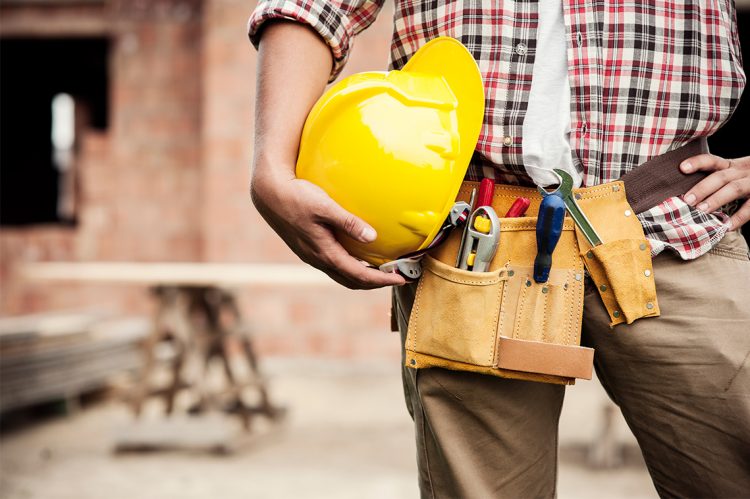One of the most important parts of a healthy housing market is having healthy homes. Maintenance costs—which average somewhere between 0.5% and 1% of the home’s value per year—are vital investments homeowners need to make not just for themselves, but for the next owner, their neighbors and the community.
But these projects are often neglected, according to researchers at Harvard’s Joint Center for Housing Studies (JCHS), who found that one out of every five homeowners completely neglect all maintenance and home improvement investments, and more than a third (36%) spend less than $500 annually maintaining or updating their homes. Over time, this kind of neglect leads to an overall decay of housing stock.
One solution to this issue is to use public money and programs to subsidize repairs, especially for lower-income homeowners, who are even more likely to forgo important maintenance tasks. These kinds of investments create tremendous value for the whole community, according to Taylor Mayes and Carlos Martin, two researchers at JCHS, who recently took a look at what cities are offering as far as grants, loans and direct service to homeowners.
“Municipal home repair programs meet a critical need for addressing housing inadequacy,” Mayes and Martin wrote. “Yet, the scope and availability of the programs vary widely. Although larger cities tend to have higher budgets and serve more households, none of the programs have sufficient funds to meet the needs of all homeowners residing in their jurisdictions.”
Taking a look at the 100 largest U.S. cities by population, Mayes and Martin found that over half offer some kind of subsidized repair service to homeowners. Most are federally funded, relatively small and vary widely in scope, they discovered, with some programs spending more than $50,000 for a single and some capping at less than $5,000. Almost two-thirds (63%) cover electrical, mechanical systems and HVAC, and over half (57%) cover plumbing issues as well.
Only 19% of the programs cover aesthetic maintenance such as outdoor painting and landscaping, Mayes and Martin found. Most follow HUD guidelines for income eligibility, and some consider age of the occupant, focusing on assisting older homeowners.
For many neighborhoods and housing markets, these types of regular maintenance tasks or updates can make a huge difference in home prices and sales. Nancy Williams, who heads up a Community Land Trust in Maine, recently told RISMedia that all it takes is a single home to change the long-term outlook of a neighborhood.
“When a neighborhood begins to decline, it takes one house that isn’t kept up,” she says. “Then the next-door neighbors have problems selling their houses…it’s that declining spiral we see in a lot of neighborhoods. But the opposite also happens.”
Bonita Harrison, a broker in the Woodlawn area of Chicago, says neglected housing is an immediate and urgent problem that underlies many other issues in her community. As a Black developer and someone who grew up in Woodlawn, she says city officials need to recognize how much housing blight and decay is contributing to problems in the neighborhood—driving away jobs and encouraging juvenile delinquency.
“If you lived on the block around dilapidated properties, if there was vacant land—how quickly do you want that to be different?” she asks. “ need to be able to see the impact on what does to people.”
One of the problems that JCHS researchers found with the municipal programs was just how few homeowners they reach. While noting that data was collected during the pandemic, meaning the numbers are smaller than they might otherwise have been as safety and labor concerns shrank the reach of services, Mayes and Martin said two-thirds of municipal programs serve less than 100 households a year, with annual budgets ranging from under $500,000 to well over $1 million.
Another study that JCHS worked on in 2019 estimated that more than one-third of occupied homes needed to be repaired at a total cost of $126.9 billion (an average of just under $3,000 per home).
With a huge deficit of entry-level, affordable housing stock, ensuring that current homes remain in good enough shape for the next owner is important not just for the sake of current homeowners—who also benefit from maintaining their homes—but for everyone else as well.
“The benefits to public health, household safety and financial security, and community cohesion vastly outweigh the costs of these relatively modest investments in home maintenance and repair,” Mayes and Martin write.
 Jesse Williams is RISMedia’s associate online editor. Email him your real estate news to jwilliams@rismedia.com.
Jesse Williams is RISMedia’s associate online editor. Email him your real estate news to jwilliams@rismedia.com.












